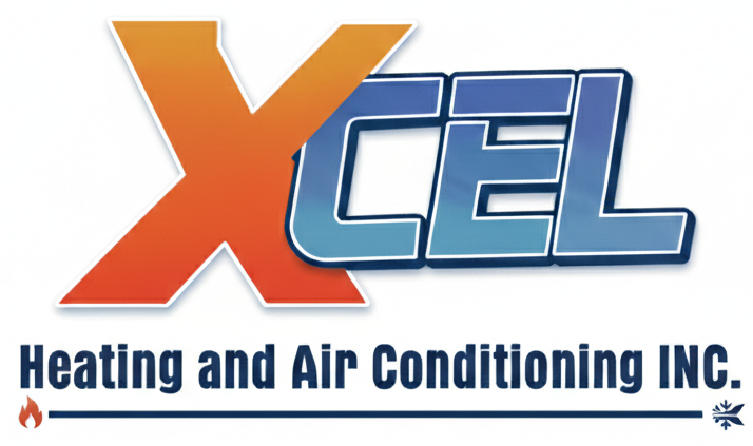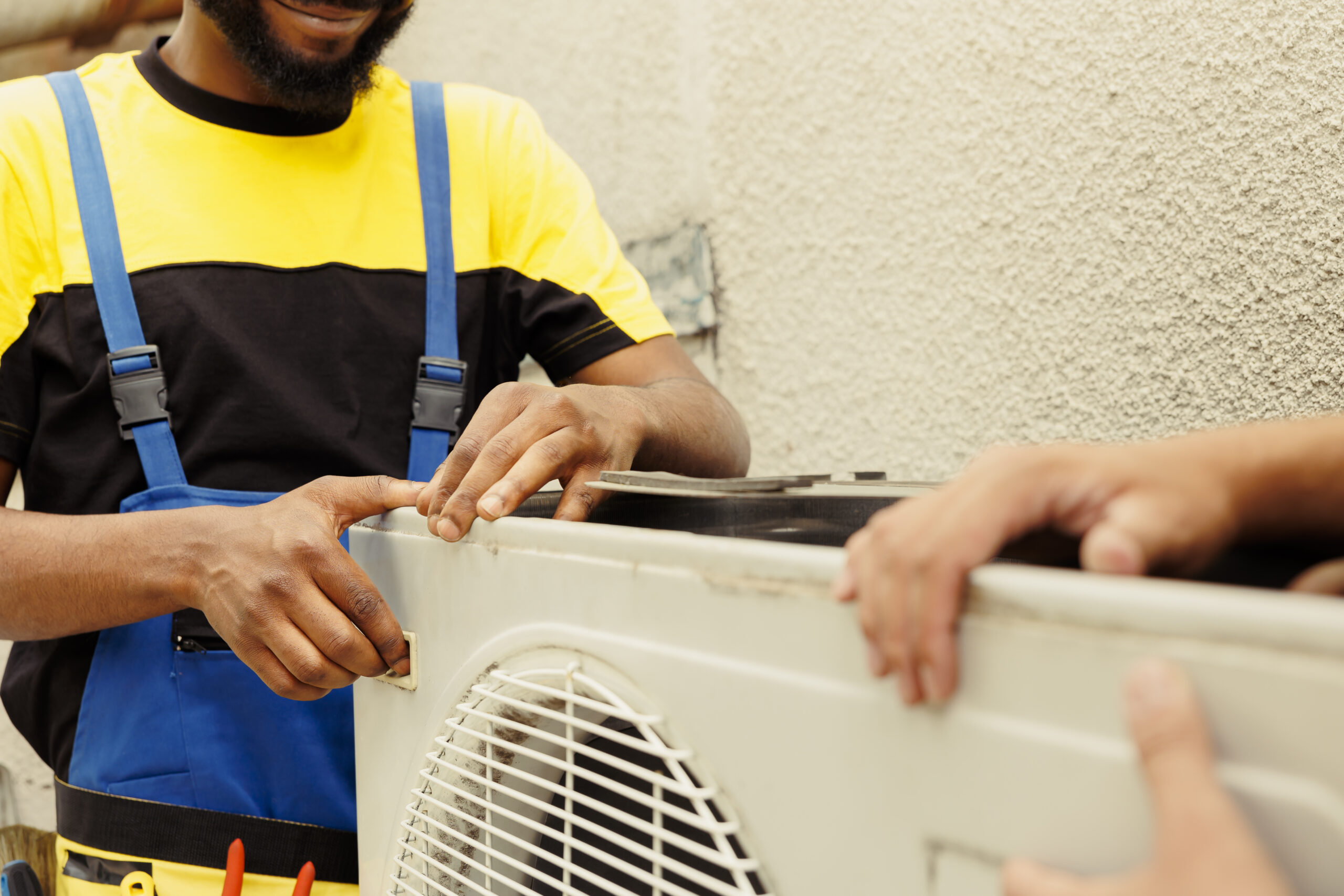Is it Time for a Full HVAC Replacement? AC Unit and Heat Pump Options Explained
There comes a point for every homeowner when repairs just aren’t cutting it anymore. If your comfort system has grown noisy, unreliable, or costly to run, you may find yourself asking: is it time for a full HVAC replacement? This guide walks through the signs it’s time to upgrade, compares air conditioning unit replacement with modern heat pump replacement near me, and explains what to expect when replacing HVAC system equipment in your Bay Area home.
Knowing When Repairs Aren’t Enough
Every furnace and air conditioner has a lifespan. Most systems last 12–15 years, but efficiency drops long before they fail completely. Warning signs include:
-
- Frequent breakdowns requiring costly repairs.
-
- Energy bills climbing higher even after routine maintenance.
-
- Uneven rooms—some too hot, others never warm enough.
-
- Strange noises like grinding, clanking, or booming.
-
- Poor air quality, with more dust, humidity swings, or odors.
If more than one of these sounds familiar, it may be time to think seriously about replacing HVAC system equipment rather than continuing to patch an older unit.
The Case for Air Conditioning Unit Replacement
If your furnace is still in good shape but your AC is struggling, air conditioning unit replacement may be the right move. Installing a new AC while keeping your existing furnace can save money upfront and keep your home comfortable in summer.
Benefits of replacing only your AC:
-
- Lower initial cost compared to a full system.
-
- Familiar furnace operation if your heater still has life left.
-
- Quicker installation time with fewer design changes.
However, this choice isn’t always the most efficient. If your furnace is over 15 years old or mismatched with a brand-new AC, you could see performance issues and missed savings on utility bills. That’s why many homeowners eventually shift from piecemeal replacements to full replacing HVAC system projects.
Exploring Heat Pump Replacement Near Me
For families considering both cooling and heating upgrades, a heat pump replacement near me often makes sense. Heat pumps provide year-round comfort, cooling your home in summer and reversing to deliver heat in winter.
Advantages homeowners notice:
-
- One system handles both heating and cooling.
-
- Lower carbon footprint compared to gas-only furnaces.
-
- Quieter operation with variable-speed compressors.
-
- Rebates and incentives often available for electrification upgrades.
Heat pumps shine in Bay Area climates where winters are mild and summers demand steady cooling. If you’re planning a major upgrade, it’s worth comparing heat pumps against a traditional furnace + AC pairing before deciding.
[Learn More About Our Heating Services]
Replacing HVAC System vs. One-Unit Fixes
The biggest decision homeowners face is whether to swap just one part of the system or go all in with a full replacing HVAC system project.
When one-unit replacement works:
-
- Furnace is under 10 years old and still efficient.
-
- AC shows signs of failure but heating runs smoothly.
-
- Budget only allows for one upgrade at a time.
When full HVAC replacement makes sense:
-
- Both units are 12–15+ years old.
-
- You’ve had more than two major repair calls in the past year.
-
- Energy bills are rising steadily with no other explanation.
-
- You want to upgrade to a quieter, cleaner, more efficient home system.
While the upfront cost is higher, full replacing HVAC system projects deliver long-term value: fewer breakdowns, better warranties, and balanced comfort in every room.
What to Expect During a Replacement
If you’ve never been through a full HVAC replacement before, here’s what usually happens:
-
- Load Calculation – Contractors measure square footage, insulation, and window exposure to size the system correctly.
-
- Duct Testing – Leaks, restrictions, and undersized returns are identified before new equipment is installed.
-
- Equipment Selection – Side-by-side options are presented (standard vs. high efficiency, AC vs. heat pump).
-
- Installation & Safety Checks – Gas lines, refrigerant charge, airflow, and electrical connections are tested.
-
- Permits & Compliance – In California, Title 24 and HERS testing confirm your system is efficient and safe.
A quality contractor won’t just swap boxes—they’ll design a system around your home’s unique needs.
How Efficiency Ratings Impact Your Choice
When comparing quotes, look closely at efficiency ratings:
-
- SEER2 (Seasonal Energy Efficiency Ratio 2) – Measures cooling efficiency for ACs and heat pumps.
-
- HSPF2 (Heating Seasonal Performance Factor 2) – Shows how efficient a heat pump is in heating mode.
-
- AFUE (Annual Fuel Utilization Efficiency) – Rates furnace performance.
Higher ratings usually mean higher upfront cost, but lower energy bills and quieter comfort. Think of it as an investment in steady temperatures, fewer service calls, and cleaner indoor air.
Air Quality Considerations
Modern HVAC replacements often include indoor air quality upgrades. Whether you choose air conditioning unit replacement or a heat pump replacement near me, you can pair your system with:
-
- MERV-13 filters to capture smoke and allergens.
-
- Whole-house air purifiers for wildfire season.
-
- Humidity controls for consistent comfort.
These add-ons not only make your home healthier but also protect your new system from excess dust and debris.
[Learn About Our Air Quality Services]
FAQs: Replacing HVAC System
How long does a full replacement take?
Most replacements are completed in one to two days, depending on duct repairs.
Is a heat pump always better than an AC unit?
Not always. Heat pumps are great for mild climates, but homes with very cold winters may still need a furnace for backup.
Do I need to replace my ducts too?
Not in every case. Some ducts only need sealing or resizing, while others may require full replacement.
What’s the average cost of replacing an HVAC system?
It varies widely—depending on home size, equipment efficiency, and duct condition. A quality contractor will give a transparent quote covering equipment, labor, and testing.
Will my bills go down after replacement?
If your current system is over 15 years old, the answer is almost always yes. Efficiency improvements mean lower monthly costs.
Looking Ahead: Comfort That Lasts
Deciding between air conditioning unit replacement, a heat pump replacement near me, or a full replacing HVAC system project isn’t just about today’s price tag—it’s about how your home will feel for the next 15–20 years. With the right system and a thoughtful installation, you’ll enjoy quieter nights, steadier temperatures, and lower bills season after season.

Or call us at +1 (925) 433-6400 or email info@xcelhvac.net—our team will guide you through every step and help you choose the best fit for your home.


